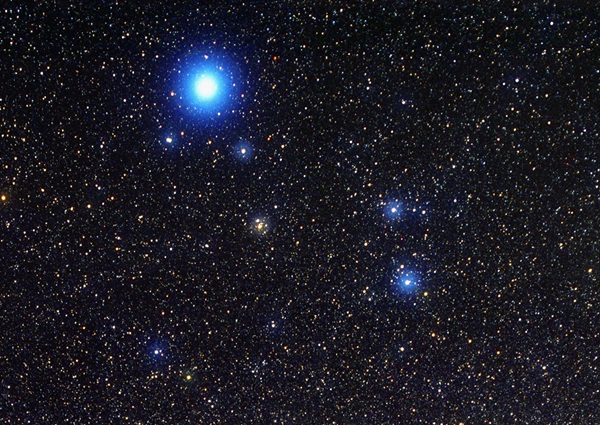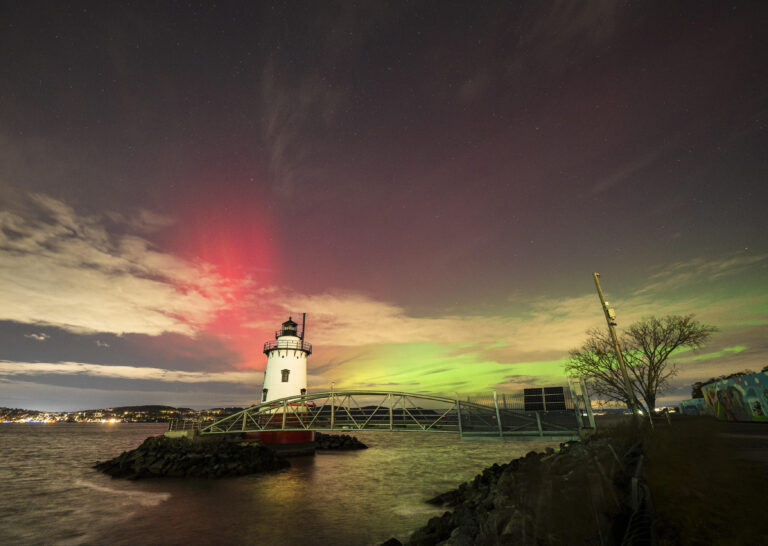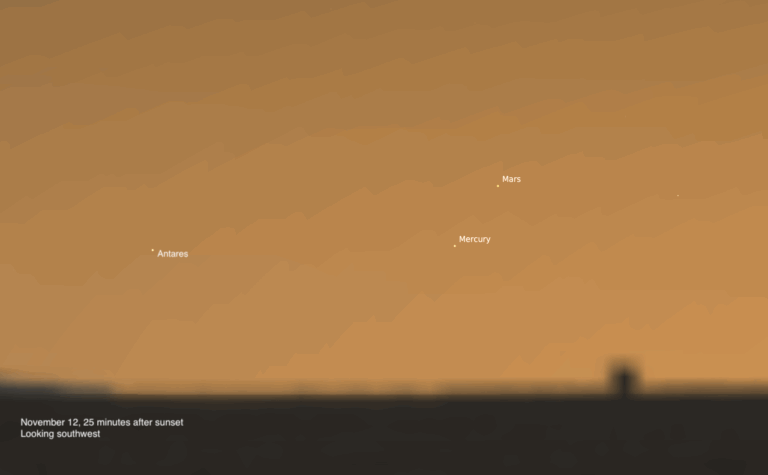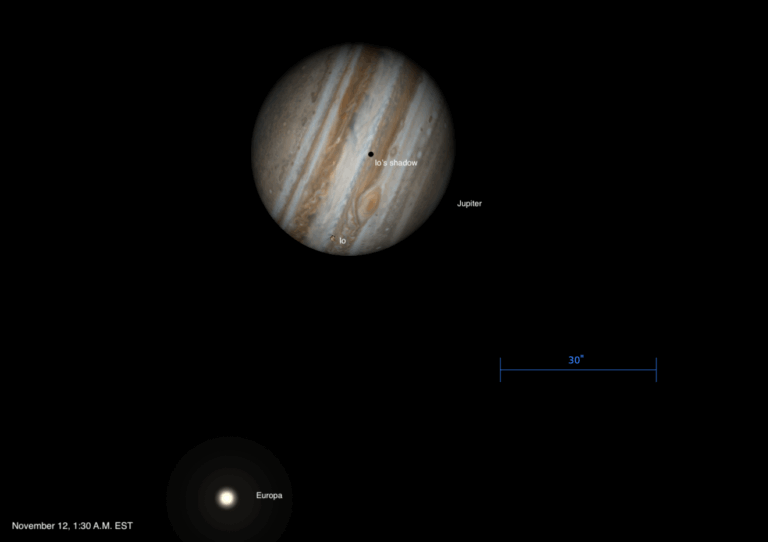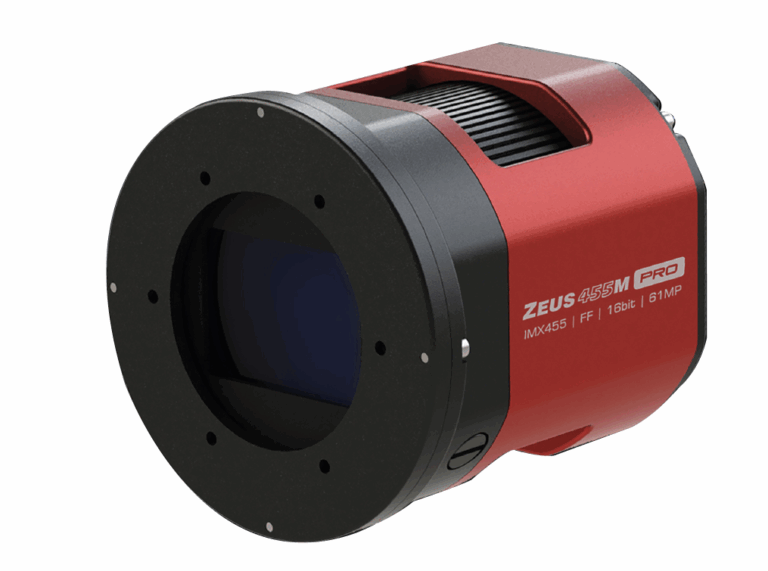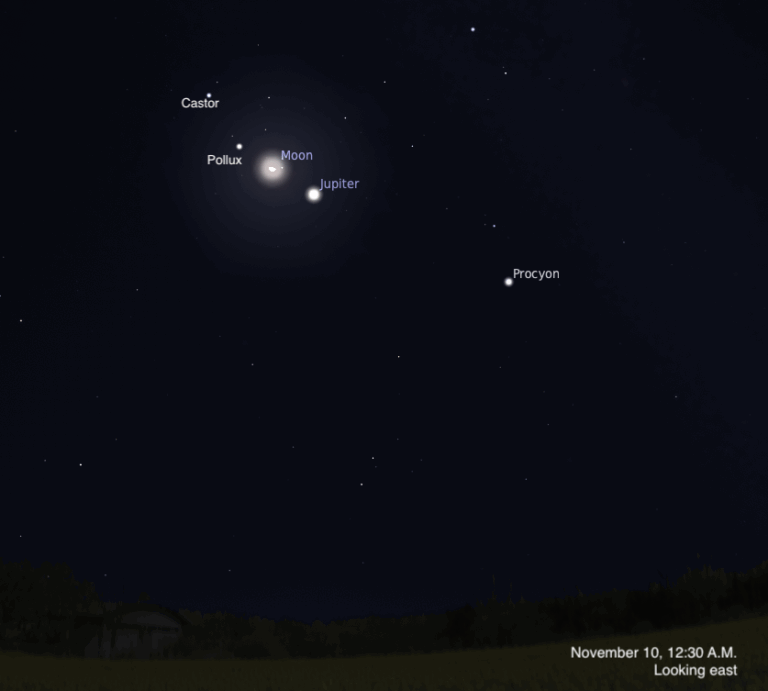Key Takeaways:
While your scope is adjusting to the outdoor temperature, make a naked-eye survey of Lyra. At magnitude 0.0, Vega (Alpha [α] Lyrae) is exceeded in brightness tonight only by Arcturus (Alpha Boötis), currently shining high in the west. A glance from one to the other reveals an obvious color difference. Vega, of spectral class A0, appears white; the cooler K0-type giant Arcturus is distinctly ruddy.
Now turn your attention to Sheliak (Beta [β] Lyrae) and its neighbor Sulafat (Gamma [γ] Lyrae). Sheliak shines at magnitude 3.5 — sometimes. It’s an amazing edge-on pair of stars that eclipse each other during a 13-day orbit. During that time, Sheliak steadily fades to magnitude 4.3, returns to normal, dips again to magnitude 3.8, and then rebounds to begin a new cycle. You can detect these changes by comparing Sheliak to Sulafat from night to night. When Sheliak is at maximum, the two seem nearly equal in brightness. But during an eclipse, Sulafat is the brighter.
How keen is your eyesight? Take a hard look at Epsilon (ε) Lyrae. If you can see two stars incredibly close to each other, consider yourself a charter member of the Eagle-eye Club. The two, designated as Epsilon1 and Epsilon2 (ε1 and ε2) Lyrae and of magnitudes 4.7 and 4.6, respectively, are separated by just 206″ (about 1/9 of the Full Moon’s diameter) — right at the resolving limit of the human eye. Folks like me with ordinary vision see one star and have to use binoculars.
Now that your scope is acclimated, let’s get an up-close look at this trio of stars. The brighter component of Vega has a magnitude 9.5 companion 82″ to its south. Look carefully. The secondary isn’t easy to see through small scopes because it’s more than 6,000 times fainter than the primary.
Sheliak A has a magnitude 6.7 partner 45″ away and, on the opposite side at distances of 67″ and 86″, two 10th-magnitude companions, the quartet forming a lopsided letter Y. Epsilon Lyrae is a double star masterpiece. Each of the two is a close binary, as any telescope and a magnification of 100x will reveal. Epsilon1 combines magnitude 5.2 and 6.2 components separated by 2.2″, while Epsilon2 features magnitude 5.3 and 5.4 members 2.5″ apart. To me, all four stars of the double-double seem pure white. What’s your impression?
Three more worthy doubles are Zeta (ζ) Lyrae (magnitudes 4.3 and 5.6; separation 44″), Eta (η) Lyrae (4.4 and 8.6; 28″), and SHJ 282 (6.1 and 7.6; 45″). English astronomers James South (S) and John Herschel (HJ) cataloged the last one in the mid-1820s during a collaborative search. Like Sheliak and Epsilon, all are easy to split with a 2.4-inch refractor.
More great double stars populate Lyra, but let’s go truly “deep space” and check out M56 (that’s 56, not 57). This is the often-overlooked globular cluster that I spotlighted in this column in August 2014. The 8th-magnitude object may pale in comparison to larger and brighter examples like Omega Centauri (NGC 5139) and the Hercules Cluster (M13), but it still deserves a look. Find M56 by making a low-power scan of the area between Sulafat and Albireo (Beta Cygni), slightly closer to the latter.
Now you can set your sight on the Ring. M57 is one of the sky’s most visited destinations for two reasons: It’s a bright planetary nebula, and it’s easy to find. If you’ve never seen it, aim your scope between Sheliak and Sulafat and scan the area using a magnification between 30x and 50x. If your focus is on, you should spot a small, hazy puffball among a field of stellar specks. A switch to an eyepiece that yields 100x or more will reveal the nebula’s oval shape and dark center.
Most backyard astronomers visit Lyra only for a glimpse of the Ring Nebula. If you’re among that group, spend a July evening broadening your horizons and really getting to know this wonderful little constellation.
Questions, comments, or suggestions? Email me at gchaple@hotmail.com. Next month: some late summer asterisms. Clear skies!


